Whey protein is one of the most widely used and effective supplements for muscle growth, recovery, and overall health. As a complete protein, it provides all the essential amino acids needed for muscle repair and development. Thanks to its fast absorption and high biological value, whey protein is a staple for athletes, fitness enthusiasts, and anyone looking to boost their daily protein intake.
Derived from milk, whey is the liquid that separates during cheese production. This protein-rich byproduct is then processed, filtered, and dried into a fine powder, creating a supplement that is easily digestible and rapidly absorbed by the body—making it an excellent choice for post-workout recovery and muscle support.
Types of Whey Protein Supplements
Whey protein comes in different forms, each offering unique benefits based on processing methods, protein content, and digestibility. Understanding these differences can help you choose the best option for your fitness and nutrition goals.
1. Whey Protein Concentrate (WPC)
-
Contains 70–80% protein, with small amounts of fats and carbohydrates.
-
Retains beneficial nutrients, peptides, and bioactive compounds that support immunity and muscle recovery.
-
A well-rounded option for general use, offering a balance of quality, taste, and affordability.
2. Whey Protein Isolate (WPI)
-
Highly refined, with 90% or more protein content and minimal fat or lactose.
-
Ideal for lactose-intolerant individuals or those seeking a leaner protein source with minimal carbs and fat.
-
Absorbs quickly, making it a great choice for post-workout recovery and lean muscle building.
3. Whey Protein Blend
-
A combination of concentrate and isolate, providing a mix of protein quality, digestibility, and affordability.
-
Offers a steady release of amino acids, supporting muscle growth and recovery over a longer period.
-
Suitable for those who want the benefits of both nutrient retention and high protein content.
4. Whey Protein Hydrolysate (WPH)
-
Pre-digested using enzymes, resulting in faster absorption and easier digestion.
-
Ideal for individuals with sensitive stomachs or those requiring rapid nutrient delivery post-workout.
-
Contains smaller peptides, which may improve protein utilization and reduce digestive discomfort.
Each type of whey protein serves a different purpose, so choosing the right one depends on your dietary needs, fitness goals, and digestive tolerance.
How Does Whey Protein Work
1. Rapid Absorption
Whey protein is digested and absorbed much faster than other protein sources, reaching the muscles quickly to kickstart repair and recovery. This makes it an ideal post-workout supplement, helping to reduce muscle breakdown and support growth after intense exercise.
2. Rich Amino Acid Profile: BCAAs & EAAs
Whey protein is packed with Branched-Chain Amino Acids (BCAAs) and Essential Amino Acids (EAAs), both critical for muscle health. Leucine, one of the key BCAAs, plays a direct role in stimulating muscle repair and growth. Meanwhile, EAAs provide a balanced supply of amino acids, supporting overall muscle maintenance, energy production, and metabolic functions. This makes whey protein a highly efficient source for meeting daily protein needs and optimizing performance.
3. Stimulates Muscle Protein Synthesis (MPS)
Muscle Protein Synthesis (MPS) is the biological process through which muscles repair and grow stronger after exercise. Whey protein, particularly when combined with Velositol®, a patented amylopectin-chromium complex, has been shown to amplify MPS, leading to faster recovery and greater muscle gains. (BMC) This enhanced protein synthesis helps maximize muscle-building potential, making it an excellent choice for both strength and endurance athletes.
4. Supports Recovery
Whey protein plays a crucial role in reducing muscle soreness and accelerating tissue repair after intense workouts. It helps replenish lost nutrients, restore glycogen levels, and combat exercise-induced inflammation, leading to a shorter recovery time. Regular whey protein consumption ensures muscles recover effectively, minimizing fatigue and preparing the body for the next training session. (NIH)
How to Use Whey Protein Effectively
Incorporating whey protein into your routine can help support muscle growth, recovery, and overall nutrition. Here’s how to make the most of it:
Best Time to Consume
-
Post-Workout: Speeds up muscle recovery and enhances growth by delivering fast-digesting protein.
-
Morning: Helps prevent muscle breakdown after an overnight fast, providing a quick source of essential amino acids.
-
Meal Replacement: A convenient way to meet daily protein needs, especially for those with busy schedules or limited meal prep time.
Recommended Dosage
-
20–30g per serving, depending on individual protein requirements, fitness goals, and overall diet.
-
Athletes or individuals with higher protein demands may adjust intake accordingly.
Mixing Options
-
Water or Milk: A simple, quick shake for easy digestion and fast absorption.
-
Smoothies: Blend with fruits, oats, or nut butter for added nutrients, fiber, and sustained energy.
-
Oatmeal or Yogurt: A great way to boost protein intake in meals while enhancing flavor and texture.
Choosing the Right Whey Protein
Not all whey protein supplements are created equal. To maximize benefits and ensure safety, it's essential to choose a high-quality whey supplement that aligns with your health and fitness goals. Here are key factors to consider when selecting the best whey protein:
1. Clean Label Certified
Look for Clean Label Certified whey protein, which guarantees transparency, high-quality ingredients, and no hidden additives. This certification ensures the product is free from harmful chemicals, artificial additives, and unnecessary fillers. A clean-label product is made with minimal, natural, and recognizable ingredients, making it a healthier and more effective choice.
2. Banned Substance Tested
For athletes and fitness professionals, third-party testing for banned substances is crucial. Choosing a whey protein that has undergone rigorous testing ensures it is safe, free from contaminants, and compliant with sports regulations, giving you peace of mind in competition and training.
3. No Sugar, Artificial Colors, or Preservatives
Opt for a whey protein that is free from artificial sweeteners, colors, and preservatives to maintain a clean and natural nutritional profile. A product without added sugars and synthetic ingredients not only supports better digestion and overall health but also enhances muscle recovery without unnecessary additives.
Conclusion
Whey protein is an excellent supplement for muscle growth, recovery, and overall well-being. Choosing the right type based on your fitness goals and dietary needs is essential. To maximize benefits, opt for whey protein with Velositol® to enhance muscle protein synthesis and ensure quality with Clean Label Certification and Banned Substance Testing. Additionally, always consult a healthcare professional or nutritionist for personalized recommendations.
FAQs
-
How much whey protein should I take per day?
The recommended daily intake is 20–30g per serving, depending on your fitness goals, protein needs, and overall diet. Athletes or individuals with higher protein demands may require more.
-
Can I take whey protein if I am lactose intolerant?
Yes, whey protein isolate contains minimal lactose and is a suitable option for those who are lactose intolerant. Hydrolyzed whey protein is another alternative for easier digestion.
-
Is whey protein safe for long-term use?
Yes, when consumed in moderation as part of a balanced diet, whey protein is safe for long-term use. Choosing high-quality, clean-label protein ensures better digestion and overall health benefits.
-
Can whey protein help with weight loss?
Yes, whey protein helps with weight loss by promoting satiety, preserving lean muscle mass, and boosting metabolism. It can be used as a meal replacement or post-workout supplement to support fat loss goals.


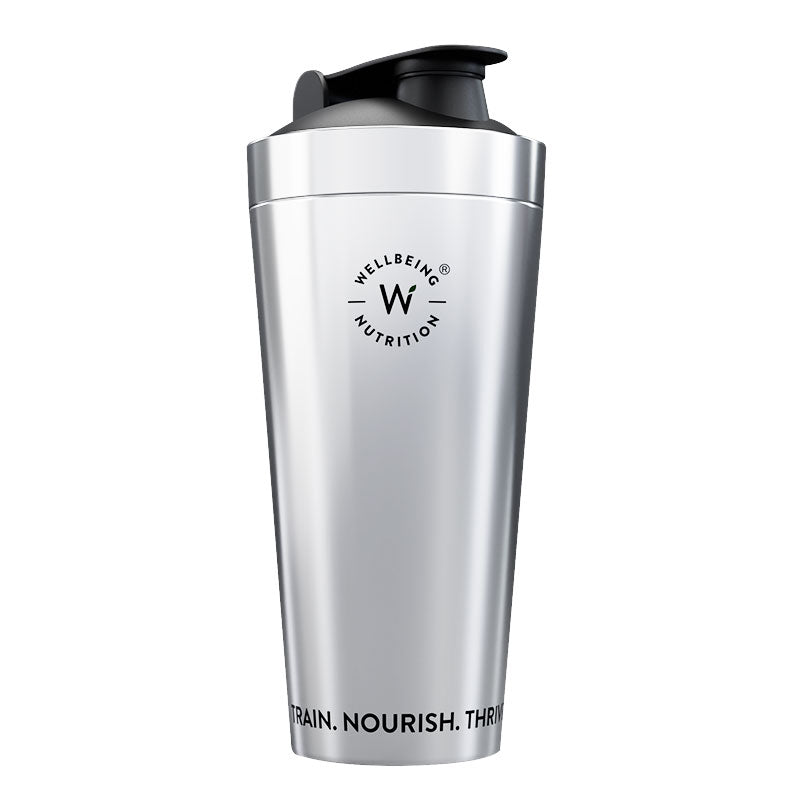




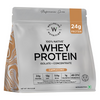
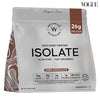
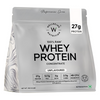






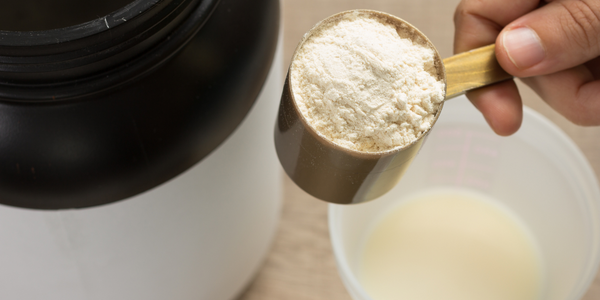

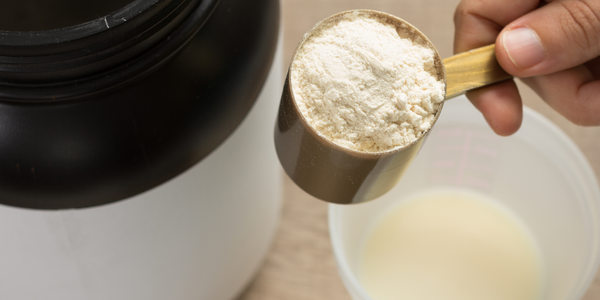
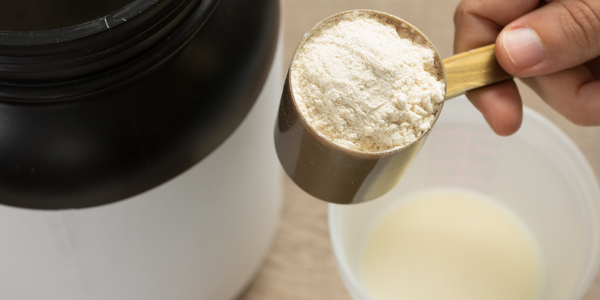










 DOWNLOAD NOW
DOWNLOAD NOW
